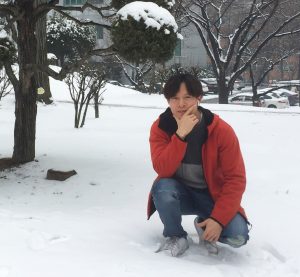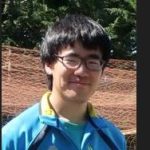Nam V. Hoang: The Plant Cell First Author

 Nam V. Hoang, first author of “The Gynandropsis gynandra genome provides insights into whole-genome duplications and the evolution of C4 photosynthesis in Cleomaceae”
Nam V. Hoang, first author of “The Gynandropsis gynandra genome provides insights into whole-genome duplications and the evolution of C4 photosynthesis in Cleomaceae”
Current Position: Postdoctoral researcher at Wageningen University, The Netherlands
Education: PhD in Plant Genomics at The University of Queensland, Australia; MSc in Genetics Resources Technology at Kyushu University, Japan; and BSc in Biology at Hue University, Vietnam.
Non-scientific Interests: tennis, fitness, action and sci-fi movies, and travelling.
Brief bio:
I am interested in understanding at the molecular level how plants interact with environmental factors in order to improve crop yield and stress resistance. During my PhD in Prof. Robert Henry’s group at The University of Queensland, Australia, I studied key genes that control biomass and biofuel traits in sugarcane through genome-wide transcriptome analysis. I then started my postdoctoral training at the Plant Systems Genetics Lab at Seoul National University in South Korea, where I studied the interactions between developmental regulators and stress-response transcription factors during storage root formation using radish as a root crop model. Through comparative analysis with Arabidopsis and among evolutionarily divergent root crop species, we identified and validated several possible key regulators, including RsERF-1 and RsNAC013, and the interactions within their respective networks that may be modified to improve storage root growth, root quality and stress responses. Recently, I joined the Biosystematics Group at Wageningen University, The Netherlands as a postdoctoral researcher. I am using phylogenomic approach to understand how some C3 plant species in the Brassicaceae family, such as Hirschfeldia incana, are able to achieve exceptionally high photosynthetic light-use efficiency under high irradiance. As a proof-of-principle study for my approach, I also investigated the genetic factors that contributed to the transition from low to high photosynthetic performance (i.e., from C3 to C4 pathway) in the Cleomaceae family. By generating a new reference genome sequence for the C4 plant species, Gynandropsis gynandra, and comparing with its C3 relatives, we were able to elucidate the step-wise ancient polyploidy events and the evolution of C4 in the Cleomaceae.



